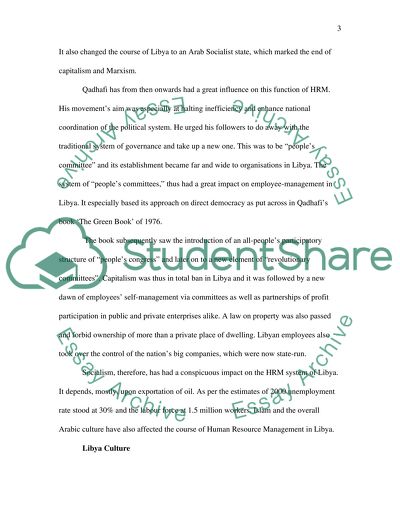Cite this document
(“HRM in Libya Coursework Example | Topics and Well Written Essays - 3500 words”, n.d.)
HRM in Libya Coursework Example | Topics and Well Written Essays - 3500 words. Retrieved from https://studentshare.org/human-resources/1552873-this-will-be-part-of-my-essay
HRM in Libya Coursework Example | Topics and Well Written Essays - 3500 words. Retrieved from https://studentshare.org/human-resources/1552873-this-will-be-part-of-my-essay
(HRM in Libya Coursework Example | Topics and Well Written Essays - 3500 Words)
HRM in Libya Coursework Example | Topics and Well Written Essays - 3500 Words. https://studentshare.org/human-resources/1552873-this-will-be-part-of-my-essay.
HRM in Libya Coursework Example | Topics and Well Written Essays - 3500 Words. https://studentshare.org/human-resources/1552873-this-will-be-part-of-my-essay.
“HRM in Libya Coursework Example | Topics and Well Written Essays - 3500 Words”, n.d. https://studentshare.org/human-resources/1552873-this-will-be-part-of-my-essay.


